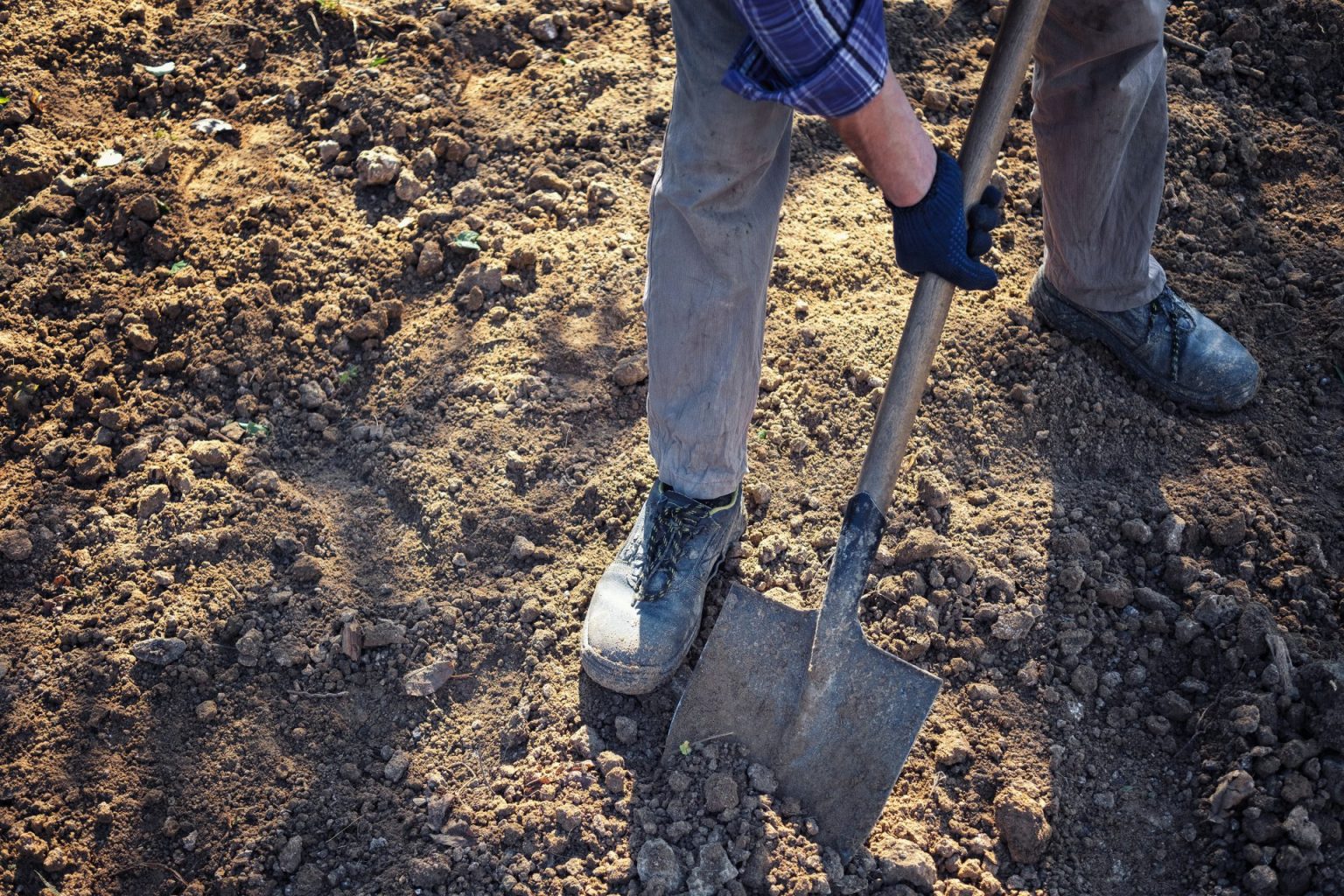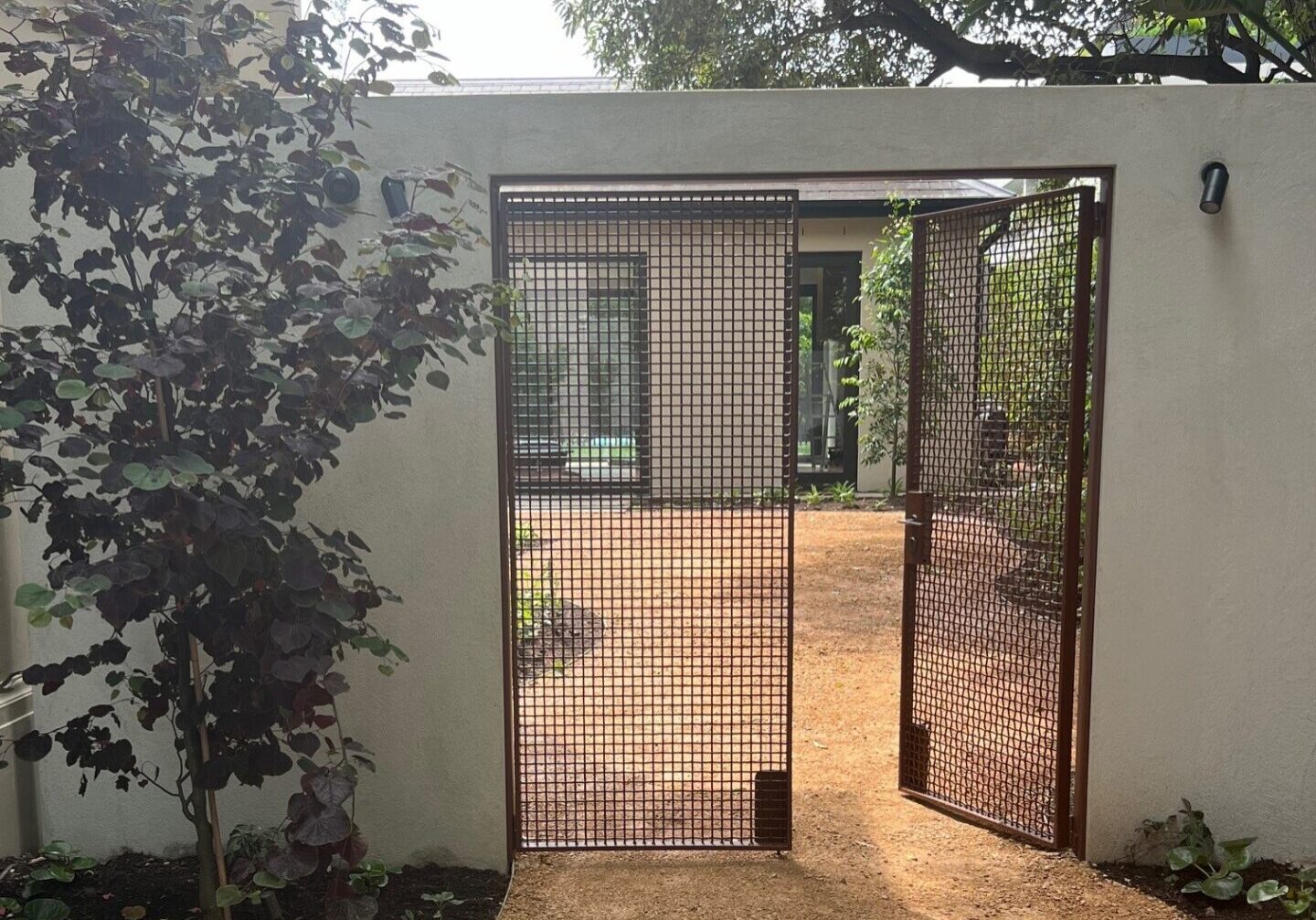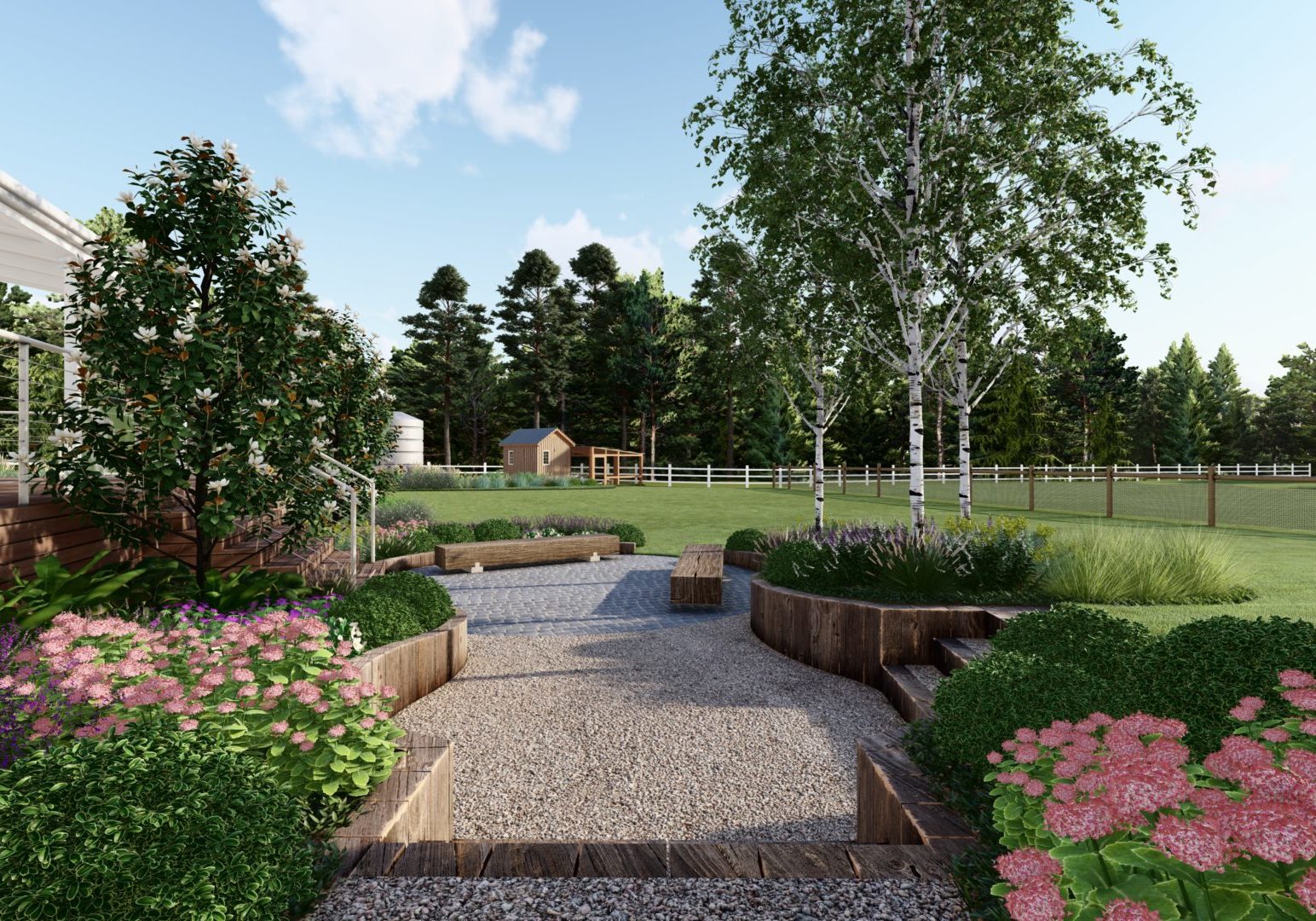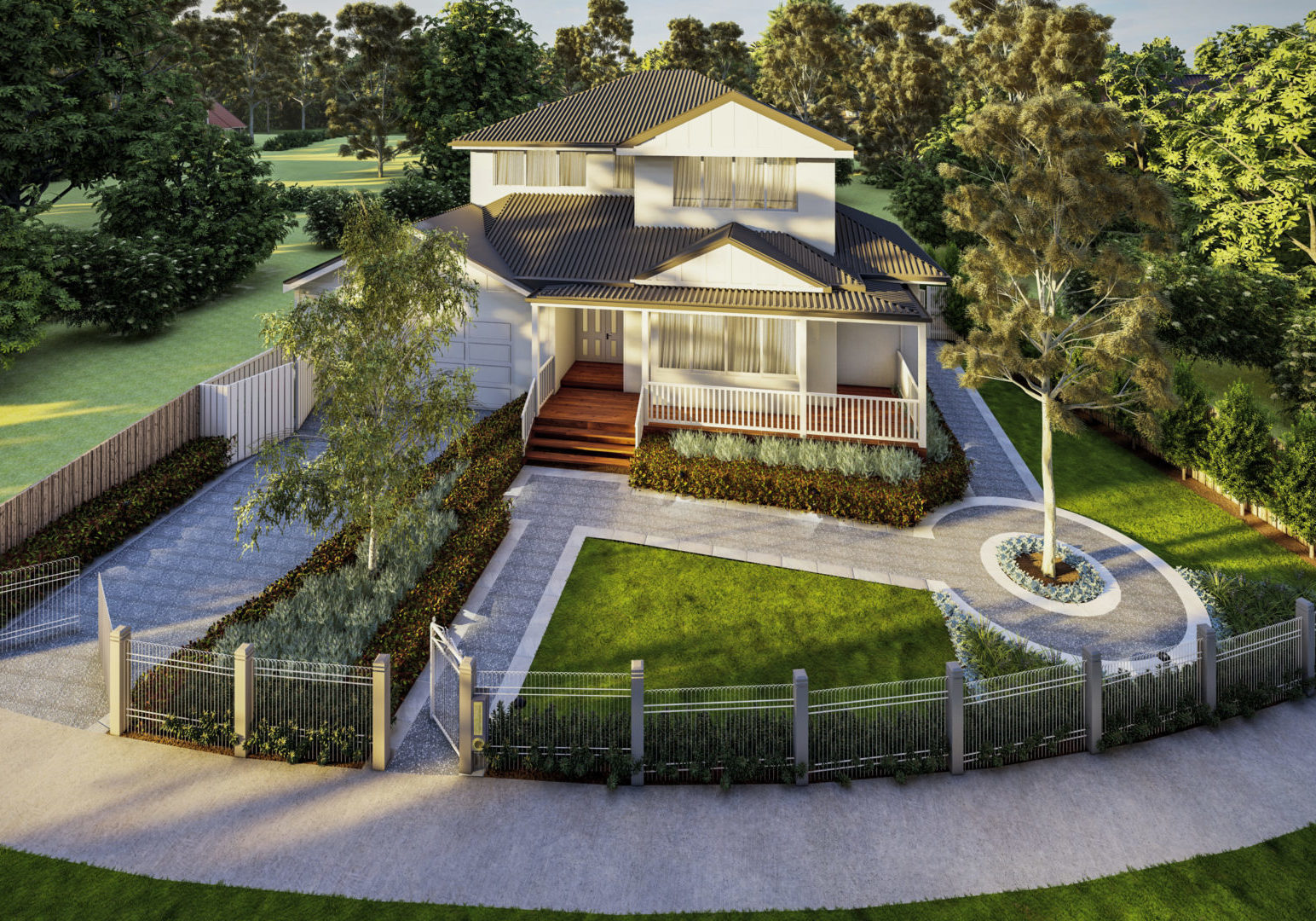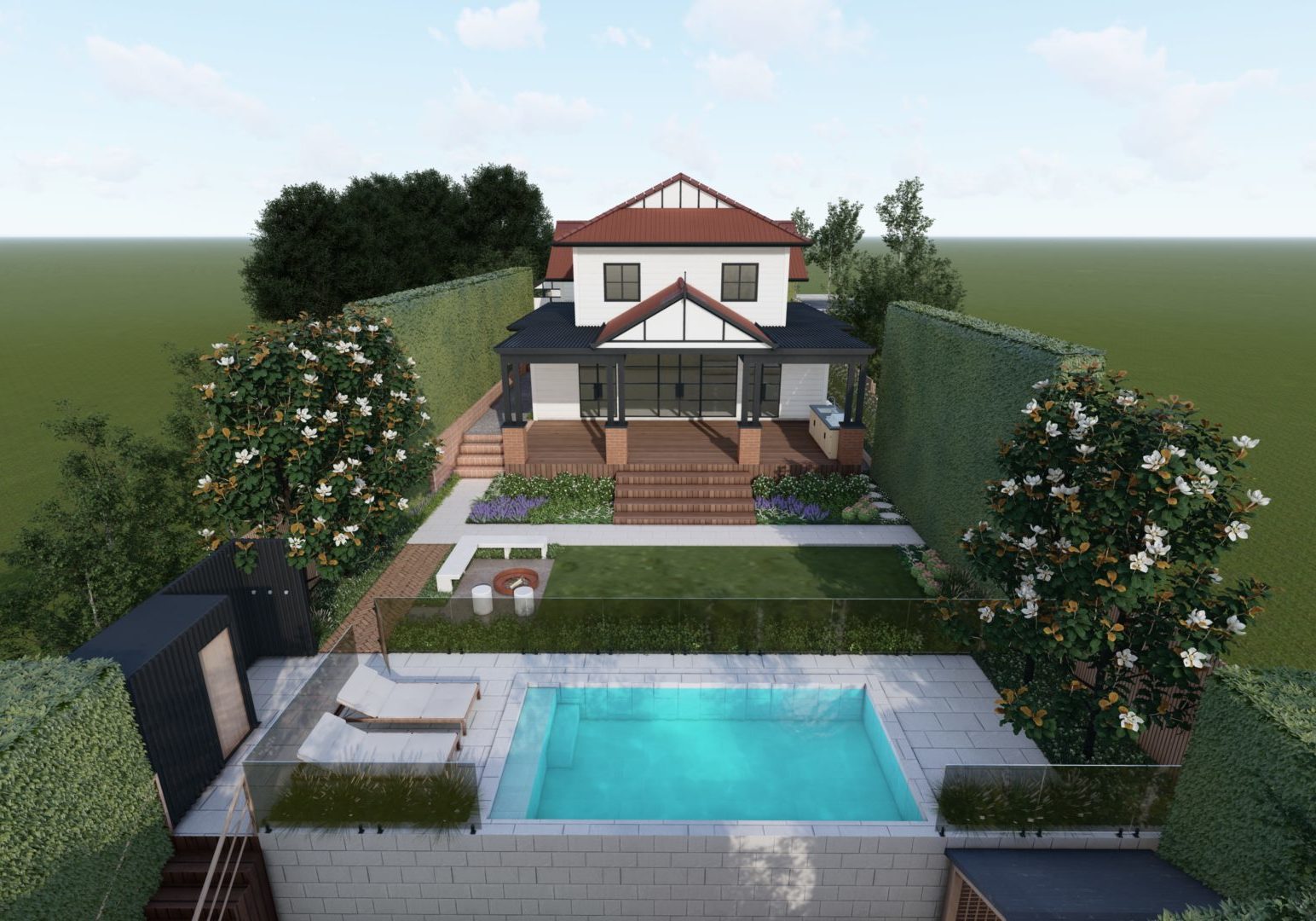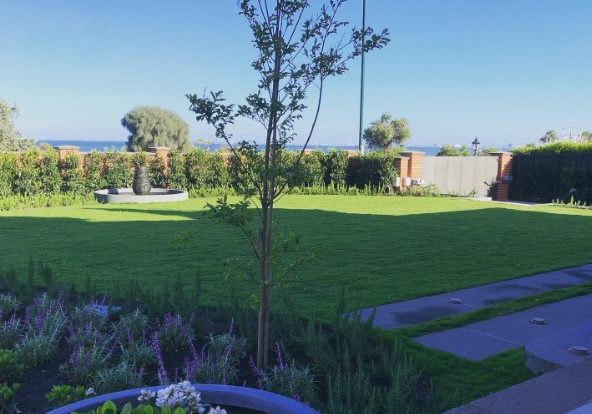Laying Pavers Part 2 – Digging Out April 13, 2017
We have now measured our area, and have the total number of square metres of paving we need to lay.
The next step in the process is to ‘dig the area down to the right level’. A few things need to be considered at this point:
- 1. Pavers can take between 3- 7 days to be delivered, longer if your using custom stone. Depending on the size of your area you may want to order your pavers now!
- 2. The thickness of the paver you intend on using. This will affect the amount of earth you need to excavate.
- 3. What sort of sub-base are you planning on laying the pavers on? If its a driveway you will need to concrete the area first and then pave over it. If its just a pedestrianised area such as a back patio or garden path, crushed rock and mortar will be sufficient. All these considerations will effect how deep you will need to excavate. For this article I will just assume we are paving an area that will have foot traffic only, such as a back entertaining area or side path – no vehicles.
Let’s say you have an area of 27 square metres, you will need to excavate 175mm down, below the finished height of the paving. The 175mm comprises of, starting with the bottom layer, 75mm of crushed rock/roadbase, then 50mm of mortar, and lastly the thickness of the paver (I have assumed we are using a 50mm paver). So 27 square metres multiplied by 0.175mm equals 4.73 cubic metres of soil you will need to remove.
The Bulk Factor
Now the bulk factor is a very tricky thing, and everyone I know allows for it in different ways, however firstly I should explain exactly what it is. The bulk factor is the amount by which the compacted earth bulks up or expands in volume once it is removed from the ground. If you consider how tightly compacted the soil is in the ground, you will never be able to replicate that same compaction in a skip bin or tip truck. Our 4.73 cubic metres of soil was based on ‘mother natures’ compaction, so we need to allow for half that amount again. In other words we need to multiply 4.73 by 1.5 = 7.1 cubic metres. This is the volume of soil that we need to allow for removal.
Let’s Dig
Now as a landscaper I have done my time on the end of a shovel. If I had a job that involved removing 7.1 cubic metres of soil, I would use a bobcat and truck, if we had the necessary access. Yes its more expensive but the job will be done in a fifth of the time. However some properties are limited for space and so a shovel, a skip bin and a lot of sweat is the only option.
Look out for Laying Pavers part 3 – Setting Out
Happy Landscaping
